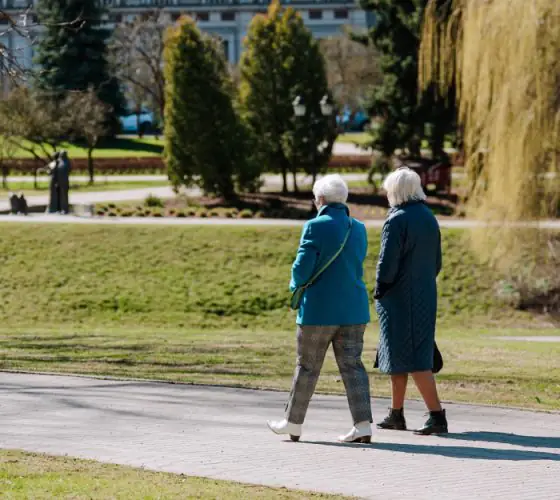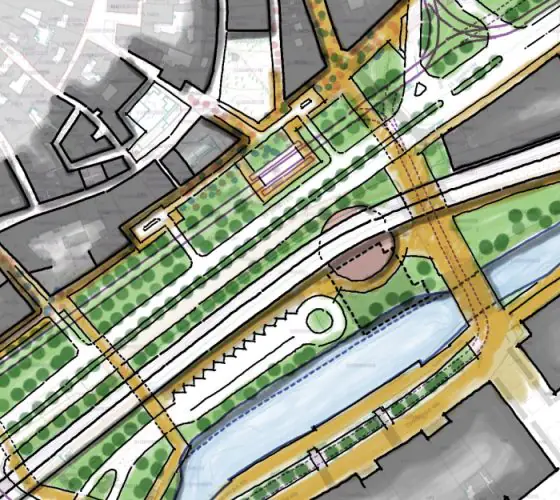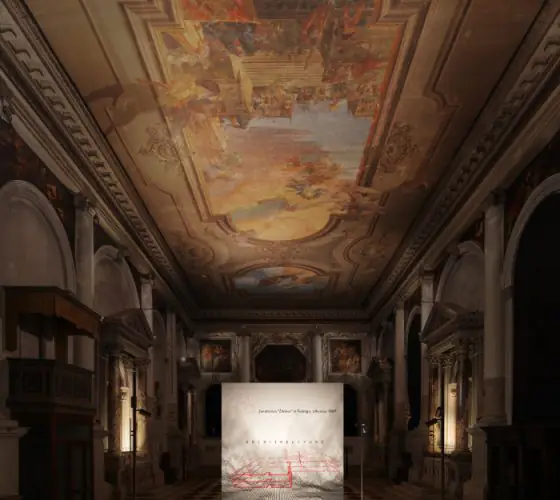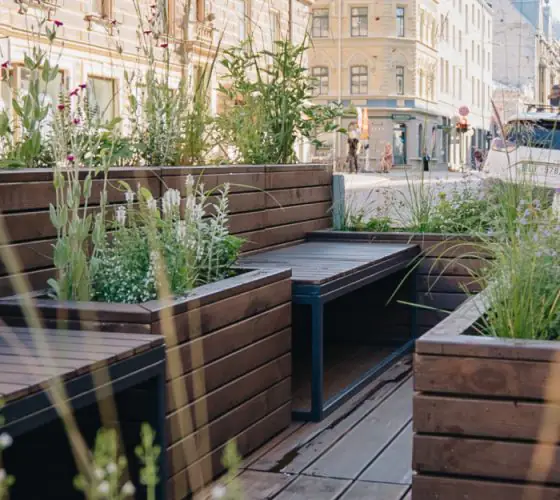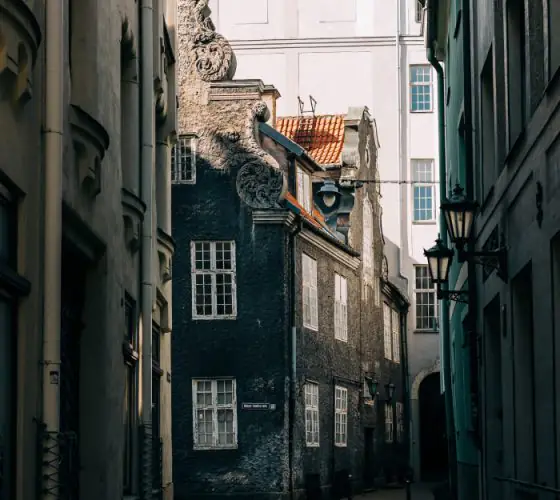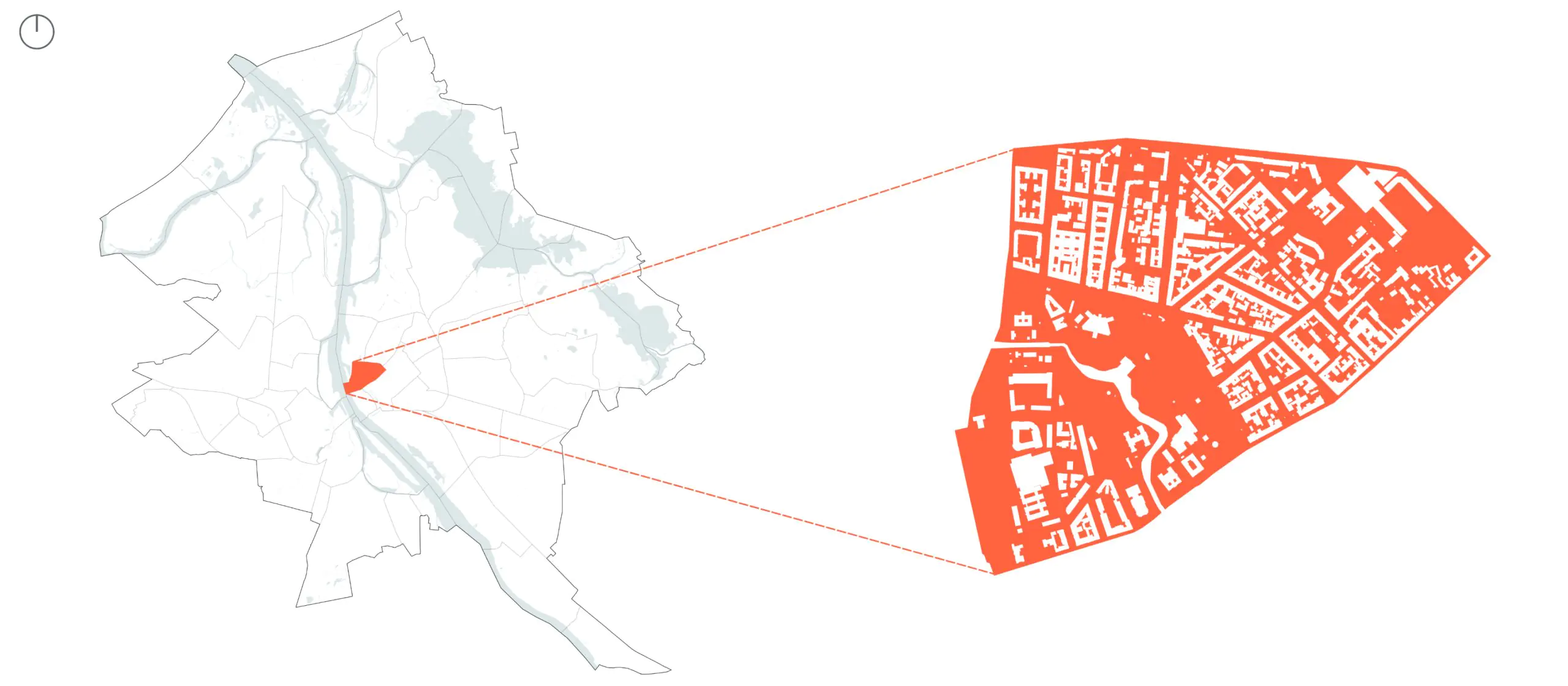
Information about the neighborhood
Area: 120.8 ha
Population: 7,165 (2023)
Population density: 59.3 persons/ha
Architecture of Art Nouveau is not only the calling card of Riga or its center but also Latvia’s ambassador worldwide. The center of Riga is often divided into four parts—the well-known Old Town for tourists, the Near Center, the Far Center, and the Quiet Center, which we will explore in this article.
What is the Quiet Center, and how does it differ from other parts of the center? Hanzas iela separates it from the Far Center, Valdemāra iela from the Near Center, and Eksporta iela from the Daugava side. The Quiet Center stands out from other parts of Riga’s center with its luxurious architecture—whichever way you turn, there are beautiful Art Nouveau buildings and their artful details.
A bit of history
For centuries, Riga was a transit, industrial, and trading city. The 18th century marked a period of rapid urban development as exports to the East increased significantly in Europe. The population grew, leading to overpopulation and unsanitary conditions. To sustain Riga’s rapid growth, it was necessary to expand the city’s territory. The obstacle was the city fortifications, so the decision was made to demolish the walls.

ebay.com
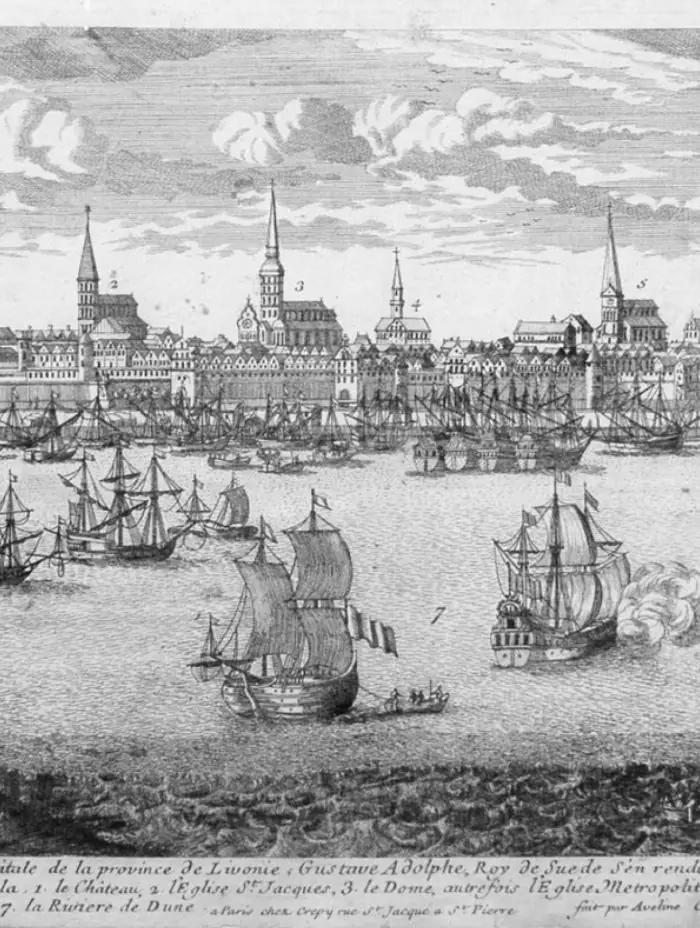
medievalriga.lv
In 1863, the demolition of fortifications began—they removed earth embankments, bastions, narrowed the water ditch (modern city canal), and started building new brick buildings outside the old city territory. Riga became larger—its center expanded its borders, gaining the characteristics of the modern Near, Far, and Quiet center. Meanwhile, the dense development of the Quiet Center, as known to residents and visitors today, primarily emerged in the early 20th century—until then, it was almost undeveloped.
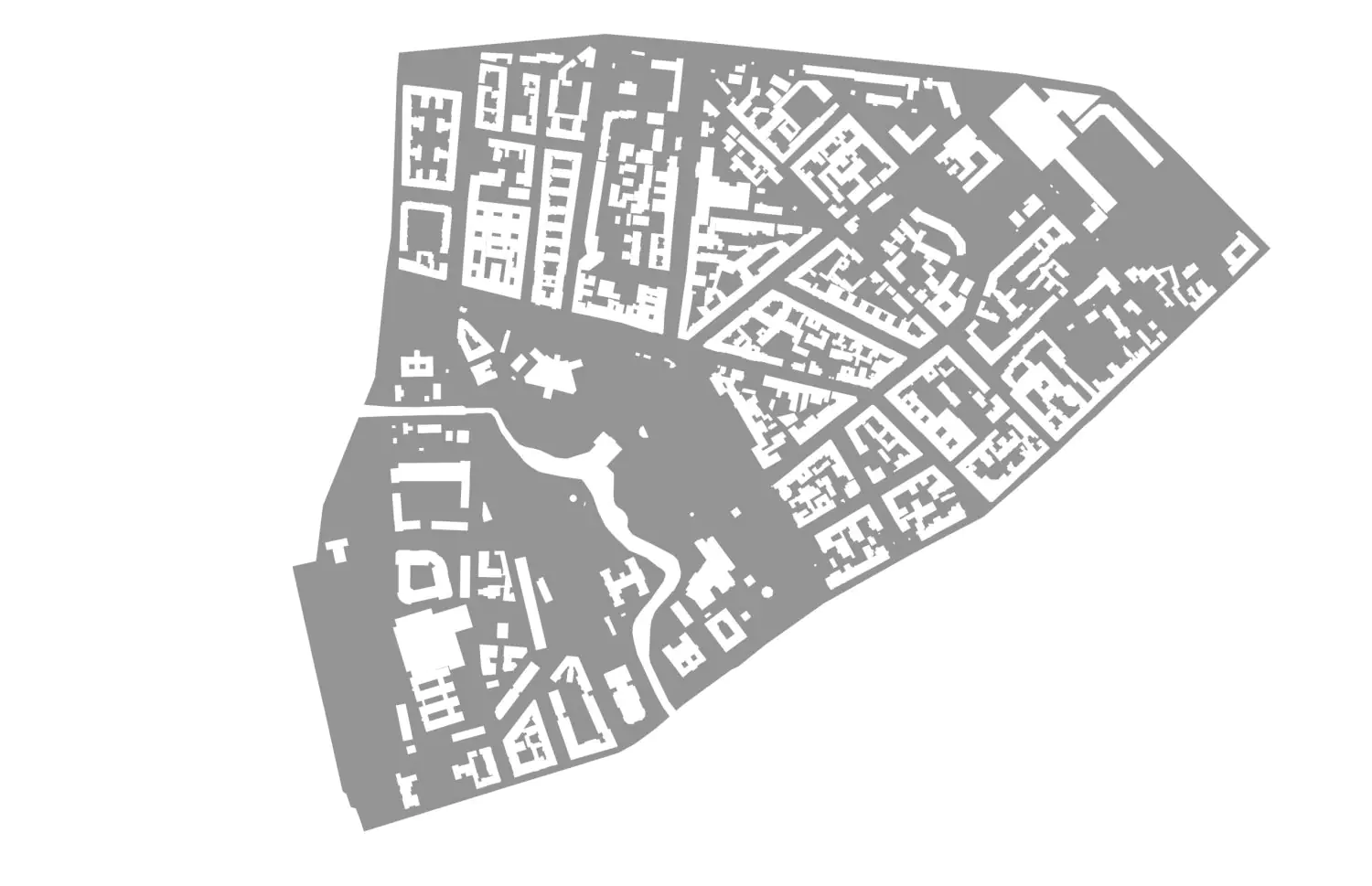
Quiet Luxury
The name “Quiet Center” is not given without reason—while the main streets in the neighborhood can be busy, entering deeper into the Quiet Center, especially its side streets, brings a sense of peace and quiet. People slow down their everyday pace, seemingly adapting to the surrounding tranquility.
The prestige of the place plays a role — you often see the latest model cars on the main streets, men in suits, and ladies in fur coats. Modern lifestyles starkly contrast with historical architecture.
In terms of tourism, the Quiet Center is not as popular as the Old Town because the infrastructure is not so attractive for visitors to Riga. However, tourists, in small groups with heads held high, stroll around trying to see and capture the details of Art Nouveau buildings in photographs.
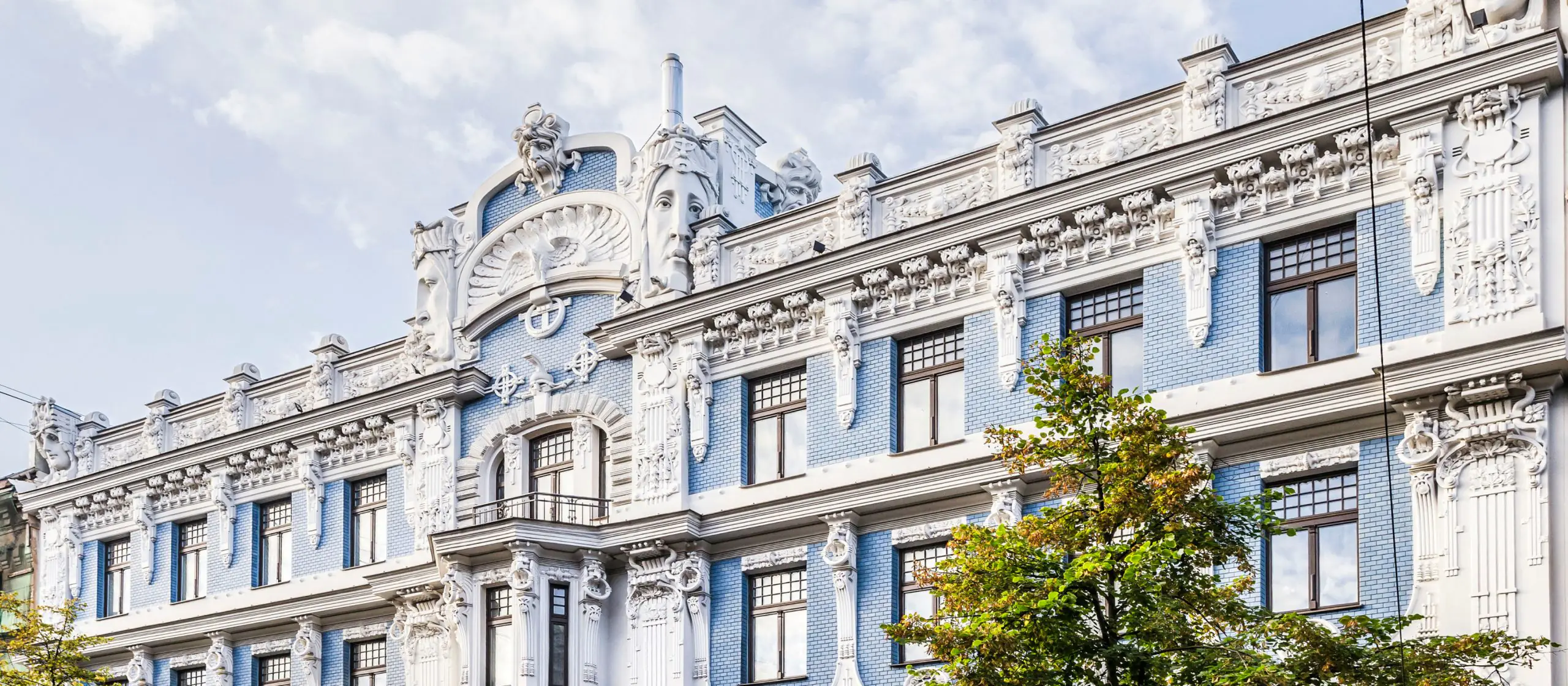
adobestock.com
The neighborhood is also home to many embassies and their staff. Flags of various countries and the European Union are visible on every corner. Buildings with a history and the quiet, secluded surroundings provide the necessary representative functions and perfect conditions for solving important work issues. Meanwhile, fences and thuja plantations shield the view from the street, preventing glimpses into the windows, leaving them in a neat mystery.
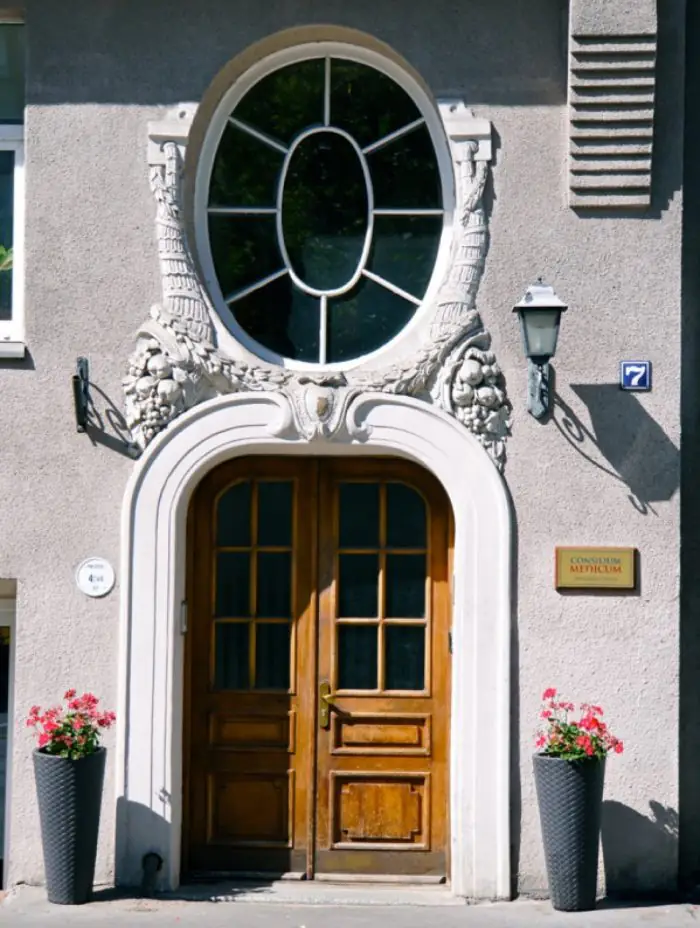
lea-85.livejournal.com

lea-85.livejournal.com
Treasures of the Neighborhood
The Quiet Center is not suitable for lively entertainment in nightclubs or bars, as there are none here. This is a place for leisure in a characterful apartment or meeting friends at one of the neighborhood’s many restaurants or wine bars.
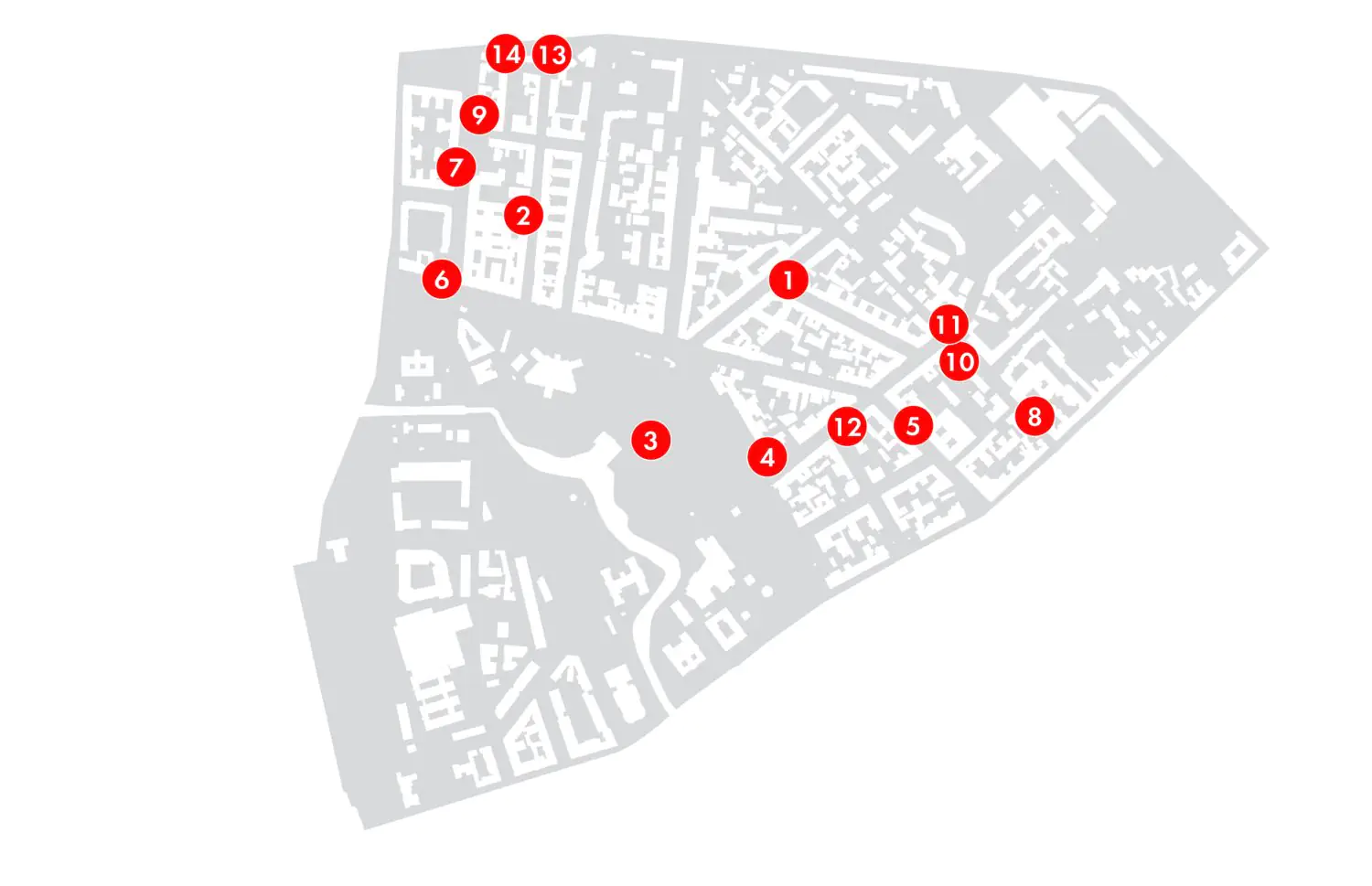
Where to go in the Quiet Center
For a Cultural Experience
- Riga Art Nouveau Center, Alberta iela 12.
- The World of Hat Museum, Vīlandes iela 7.
- Kronvalda Park, Kalpaka bulvāris 12.
- The Pauls Stradiņš Museum of the History of Medicine, Ukrainas Neatkarības iela 1.
- “Kino Bize” cinema, Elizabetes iela 37.
- Art gallery “Daugava”, Ausekļa iela 1.
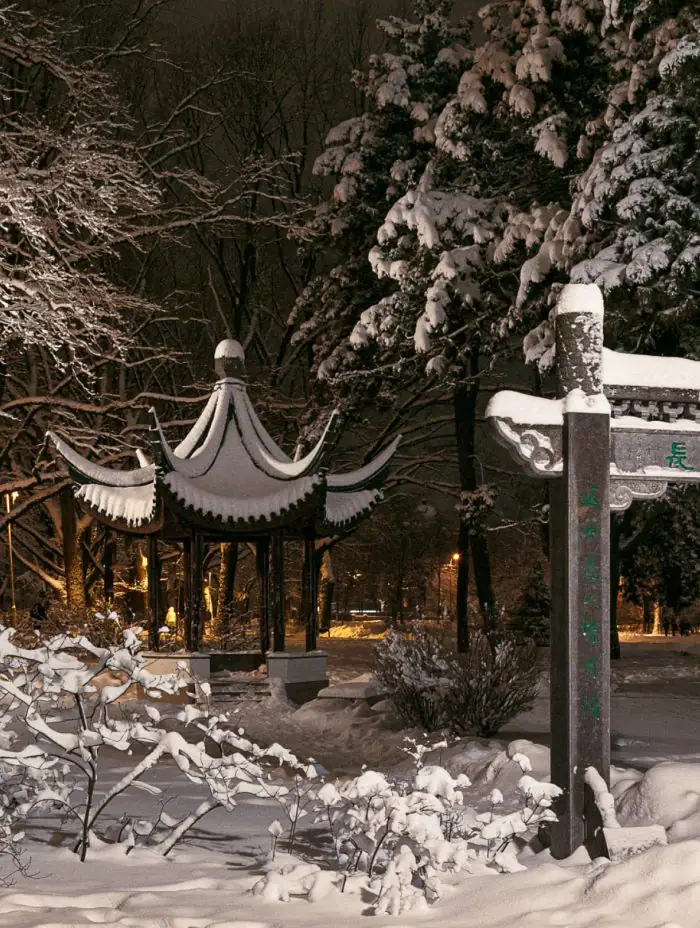
wikipedia.org
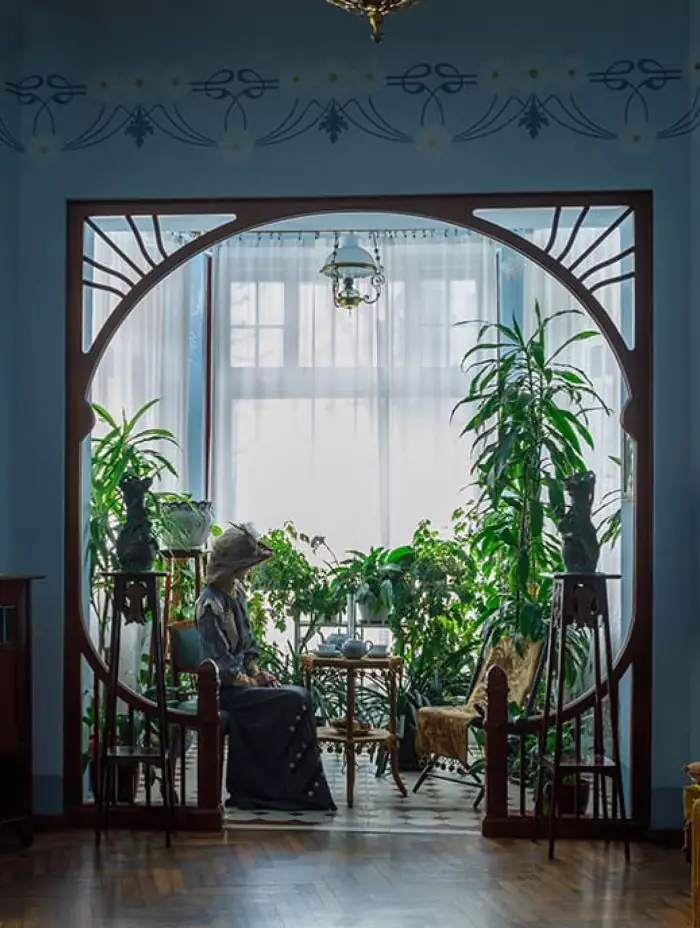
rode.land
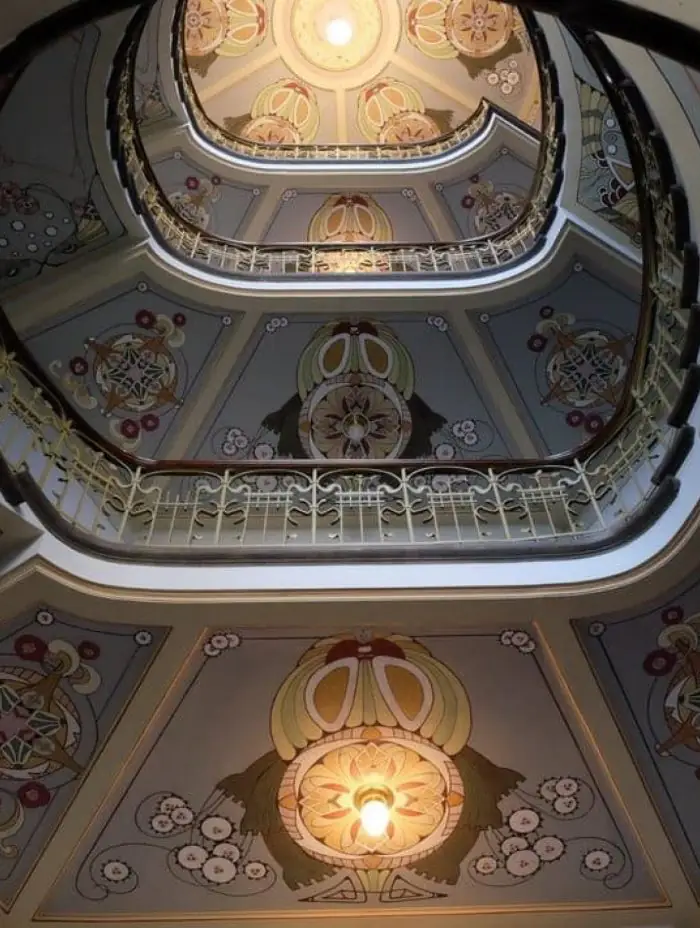
rode.land
For New Taste Suprises
- “Portofino” restaurant, Ausekļa iela 7.
- “Zivju lete” restaurant, Dzirnavu iela 41.
- “Mulberry” patisserie, Ausekļa iela 14.
- “The Catch” restaurant, Antonijas iela 12.
- “Riviera” restaurant, Dzirnavu Street 31. Included in the “Michelin Guide” by the end of 2023.
- “Tails” restaurant, Antonijas iela 6a. Included in the “Michelin Guide” by the end of 2023.
- “Ferma” restaurant, Valkas iela 7. Included in the “Michelin Guide” by the end of 2023.
- “John” restaurant, Ausekļa iela 22. Included in the “Michelin Guide” by the end of 2023.
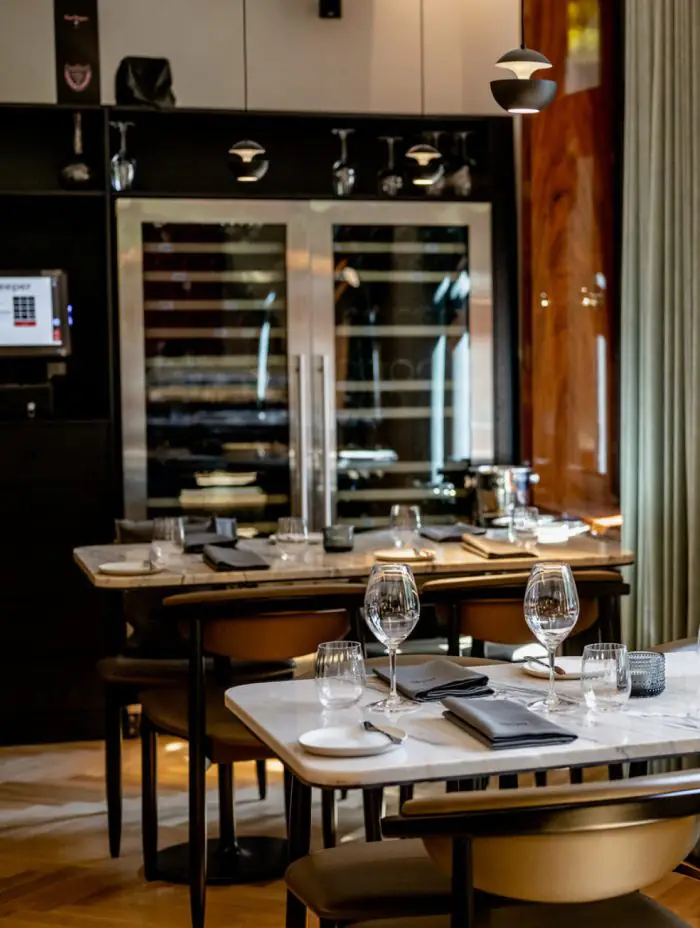
johnrestaurant.com

thecatch.lv
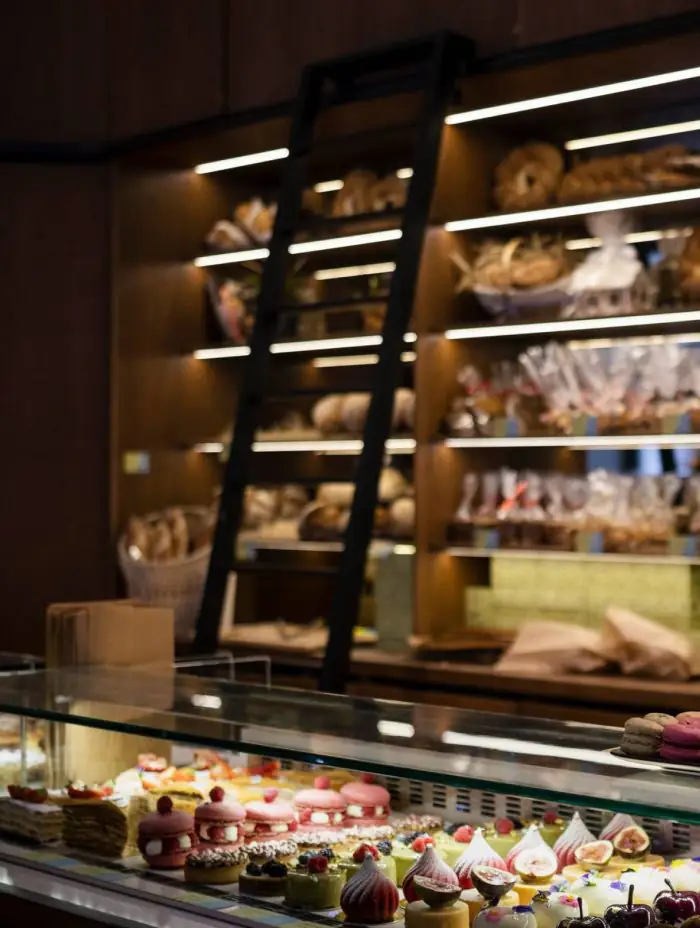
chasethetaste.lv
Art Nouveau: Admired by Everyone but Inhabited by Few
The luxury of the Quiet Center is reflected in property prices. Potential buyers should be prepared for sums measured not in tens but in hundreds of thousands of euros. Inga Miglāne-Ābele, a partner and agent at the real estate agency Kivi Real Estate, explains that high property prices create a situation where many beautiful apartments in pre-war buildings remain empty for years, hoping to find their new owners. Meanwhile, existing owners, aware of the prestige and historical value of the place, want to maintain high prices.
This is noticed by developers of new projects, who, with building construction and the renovation of already built houses, create competition for apartment owners in pre-war buildings. Inga highlights Magdelēnas kvartāls as one of the successful new projects in the area, where apartments are in high demand and quickly snatched up. Also worth noting are other new projects in the neighborhood, such as Tal Residence, Lofts & Rosegold and HOFT.
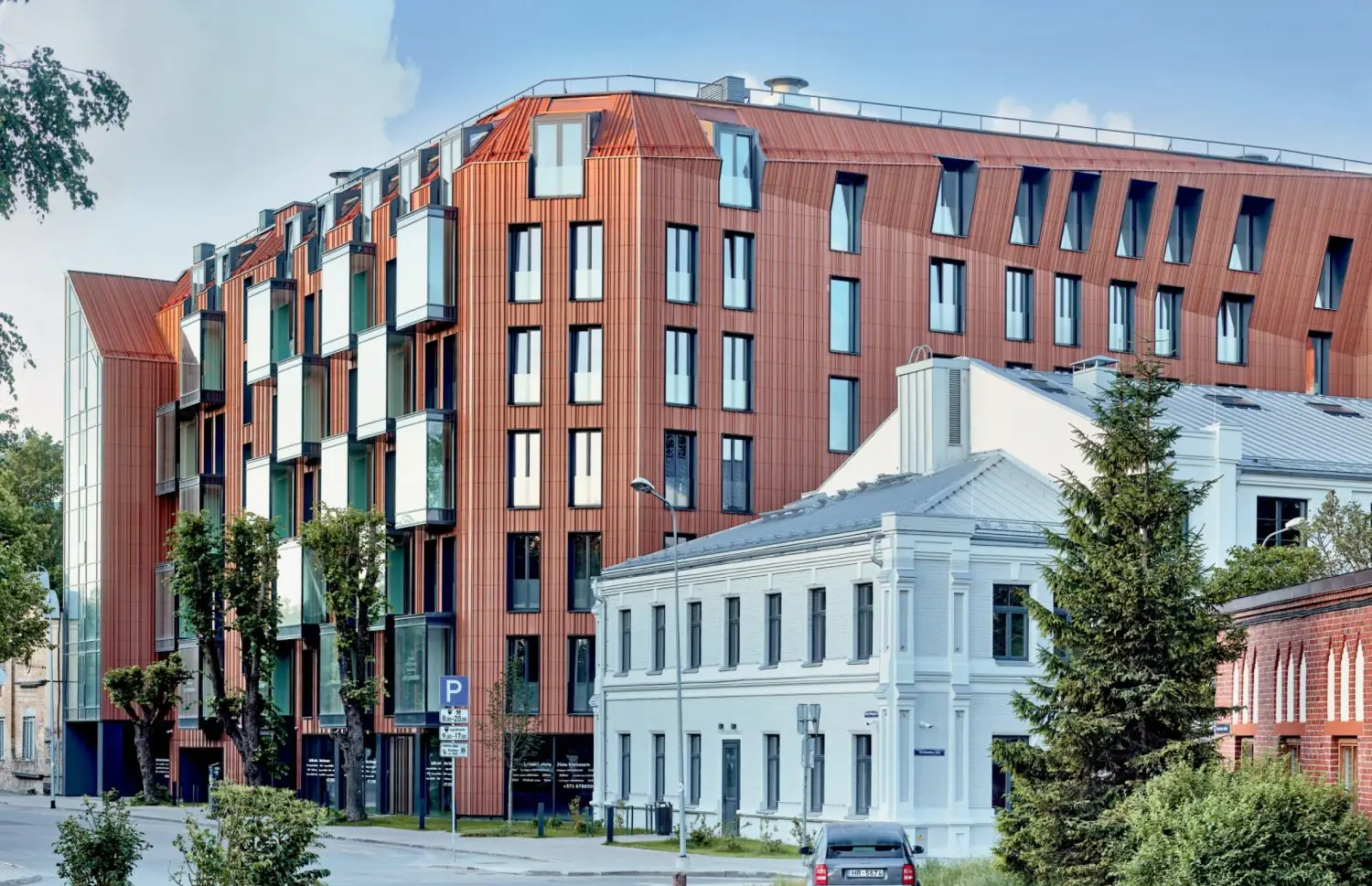
archis.lv
The new projects meet all the requirements of modern lifestyle and provide what pre-war buildings cannot. Well-thought-out apartment layouts, energy efficiency, an available courtyard with a garden.
Inga explains that the success of Magdelēnas kvartāls lies not only in the quality of the project but also in well-considered housing prices, where the purchase includes storage space. The agent also notes that new projects solve the lack of parking spaces by building underground parking lots, which are quickly sold at prices that could buy two apartments in another part of Riga. This fact confirms the acute shortage of parking spaces and the simultaneous need for them.
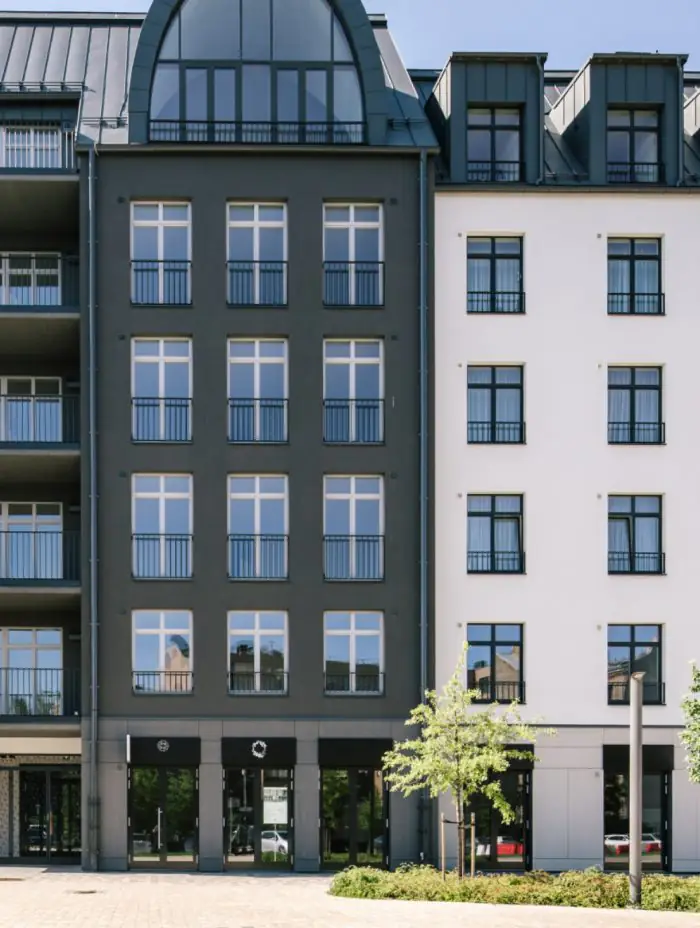
vastint.eu
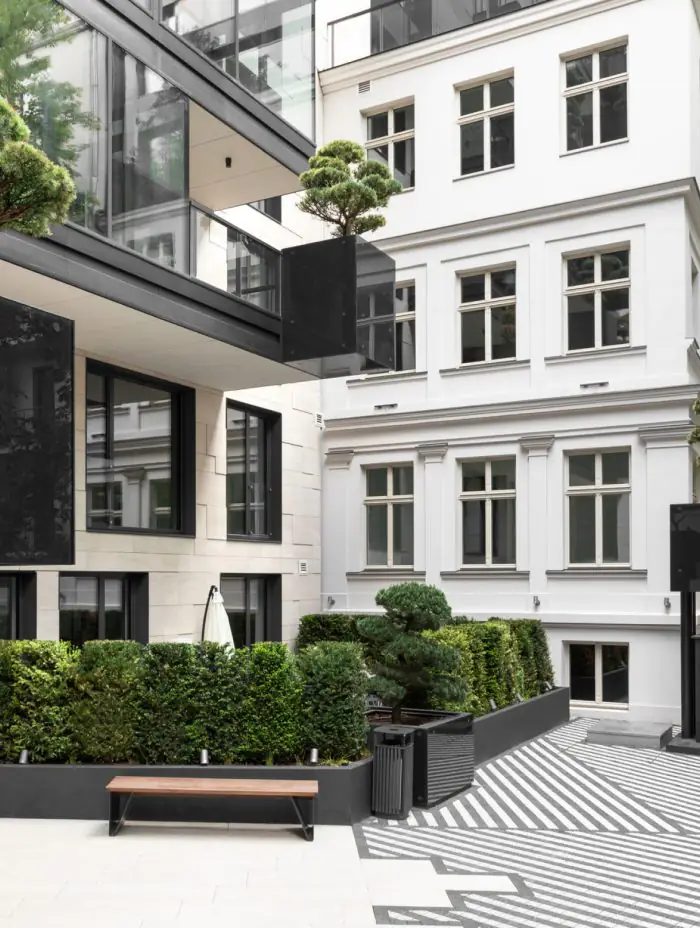
archdaily.com
The prices of housing in pre-war buildings and new projects are similar, but since the apartments in new projects are smaller in size, the price per square meter is higher. Meanwhile, maintenance costs for apartments in pre-war buildings are higher, meaning that currently, financially more advantageous and sought-after are homes in new projects in the Quiet Center.
Downsides of Living in the Quiet Center
Not only apartments in historic buildings do not always meet the lifestyle of the XXI century—often this part of the city lacks simple elements of urban design: for example, garbage cans.
This could be explained by the fact that the Quiet Center does not have supermarkets, shopping centers, or fast-food establishments, whose product packaging typically contributes to visible pollution in the city streets. The location of the neighborhood allows residents to make necessary purchases outside it, as other parts of the city are easily accessible by walking or using transportation.
However, if there is no desire to go outside the neighborhood, then the Quiet Center has small shops where you can buy everyday necessities. Locals know where to buy organic country eggs and where to get freshly baked bread.
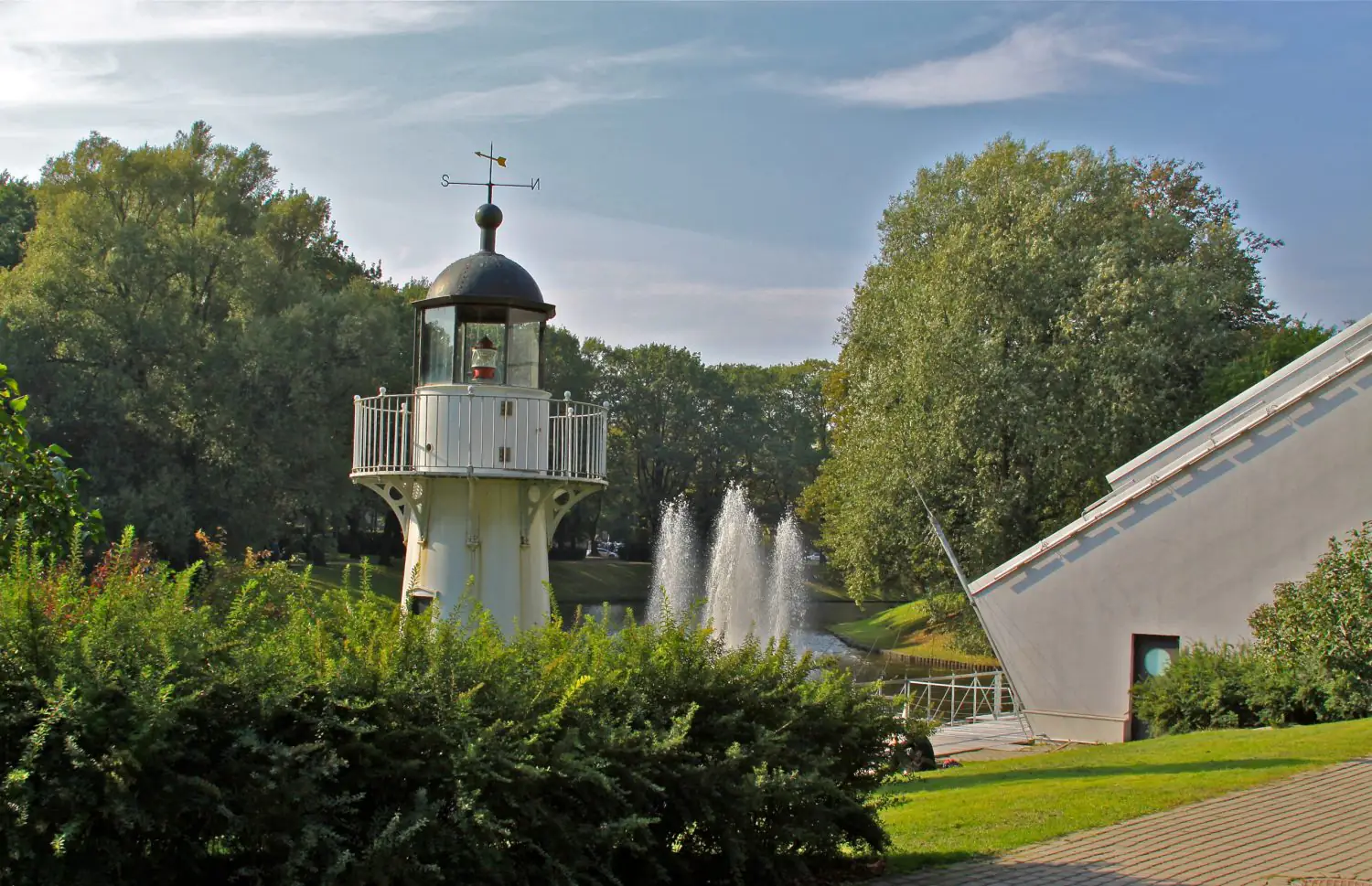
wikipedia.org
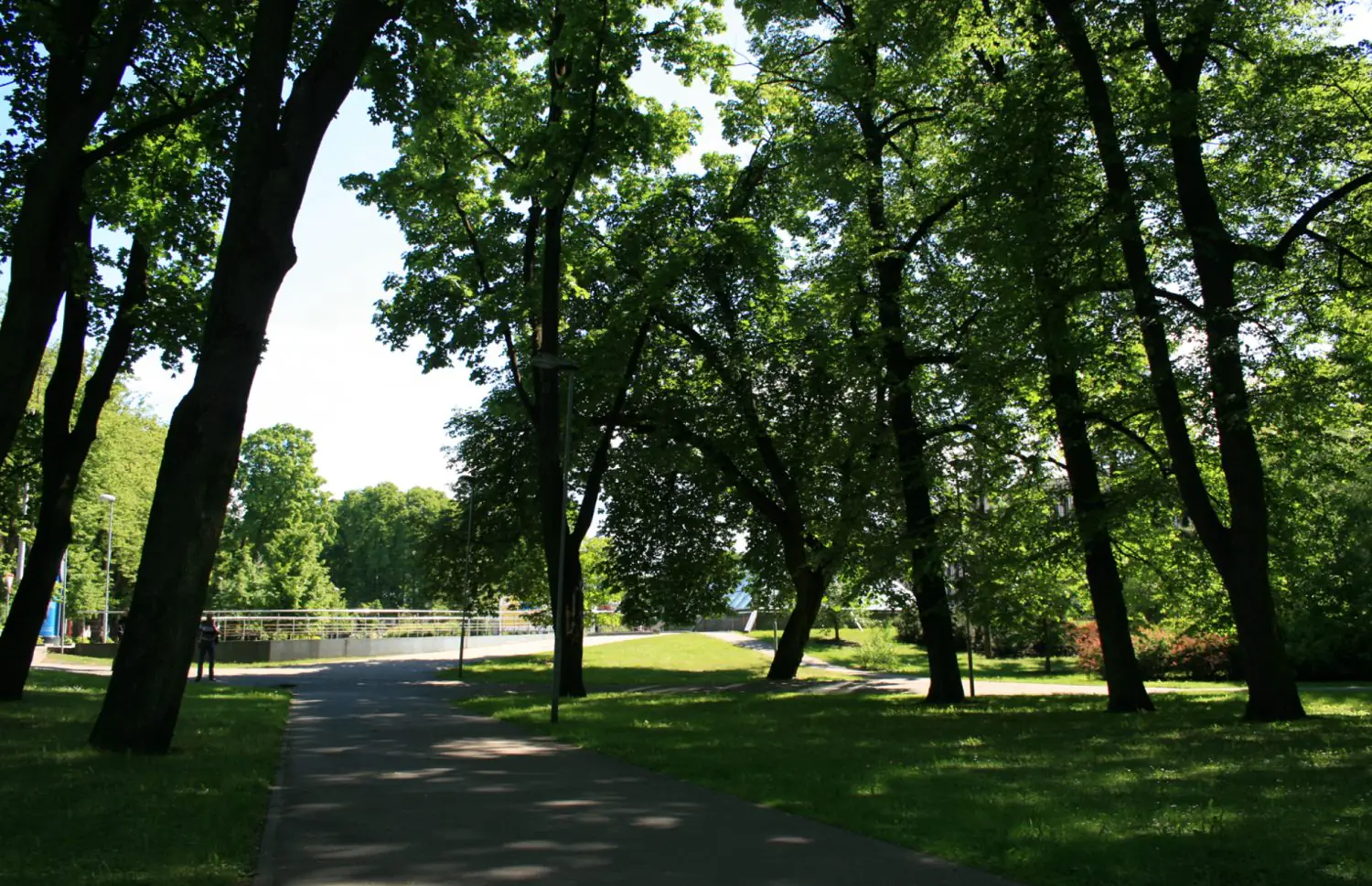
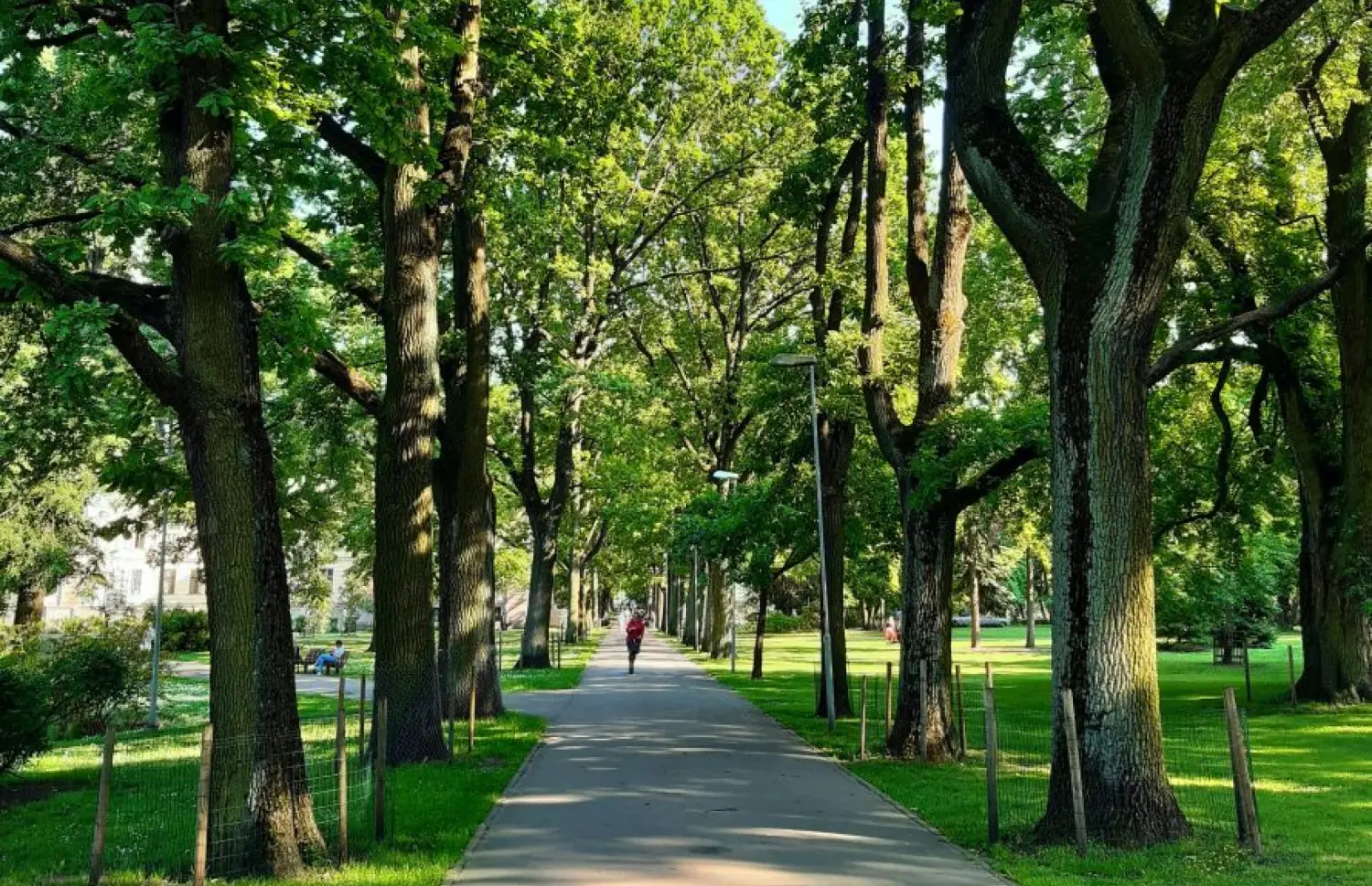
The Quiet Center has few publicly accessible recreation areas and green parks, which new project developers are trying to address by creating their green oases in courtyards. The dense development of Art Nouveau buildings, with buildings joined by end firewalls, does not allow for large courtyards with green areas, benches, and playgrounds—only compact solutions. Also, apartment owners in these buildings usually leave their cars on the street.
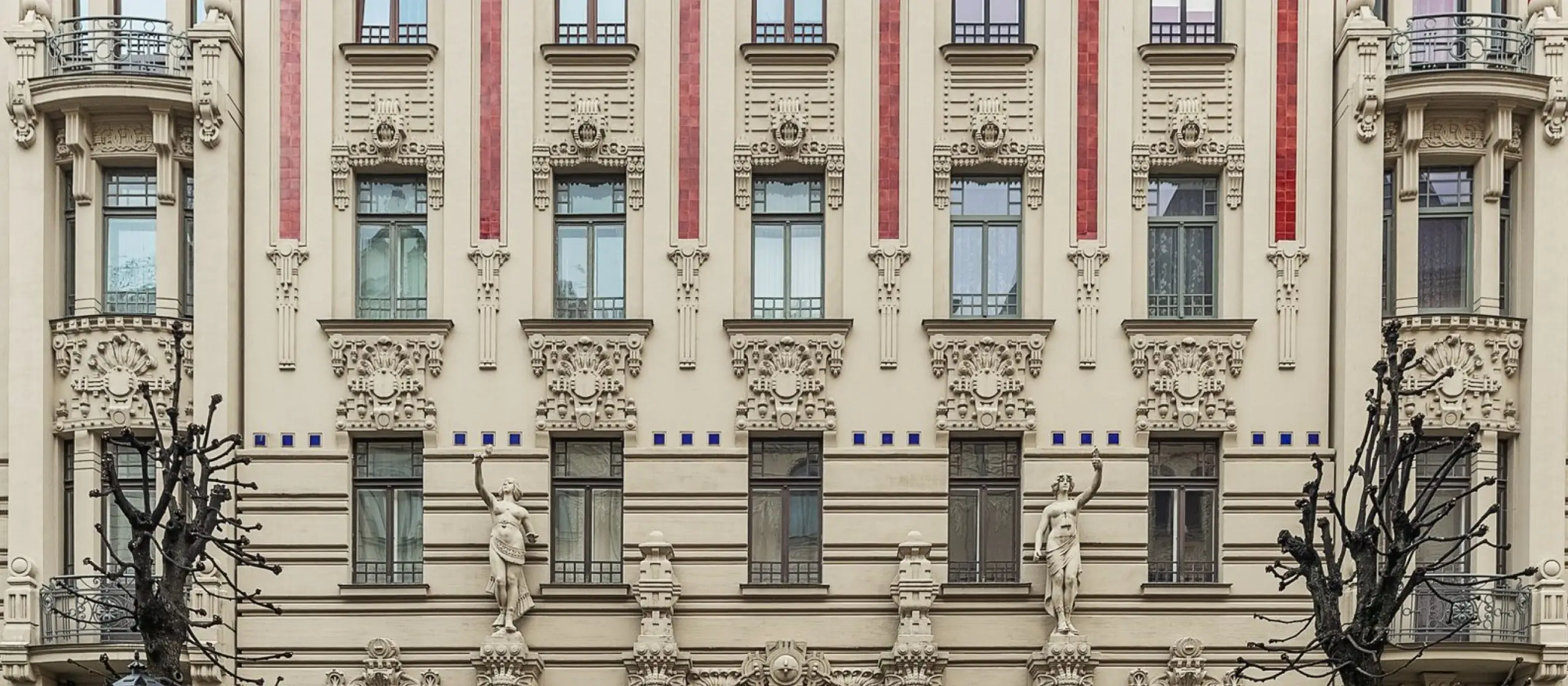
facebook.com
Outro
The Quiet Center perfectly illustrates what luxury lifestyle looked like in the 20th century and how it has evolved in the 21st century. Although new projects create fierce competition for pre-war buildings, there are clients who categorically refuse to consider the possibility of living in a new project, preferring spaces where the breath of history is felt. Despite the competition, the buildings of new projects organically fit into the overall landscape of the neighborhood, thereby showing respect for the rich history, culture, and architecture of the Quiet Center.
The community of the neighborhood is quite closed. However, in small shops, favorite restaurants, and cafes, the heart of the neighborhood beats. These are places where residents who regularly visit them get to know each other, fostering a sense of belonging to the Quiet Center.
And you can learn more about Art Nouveau architecture in our other article.


